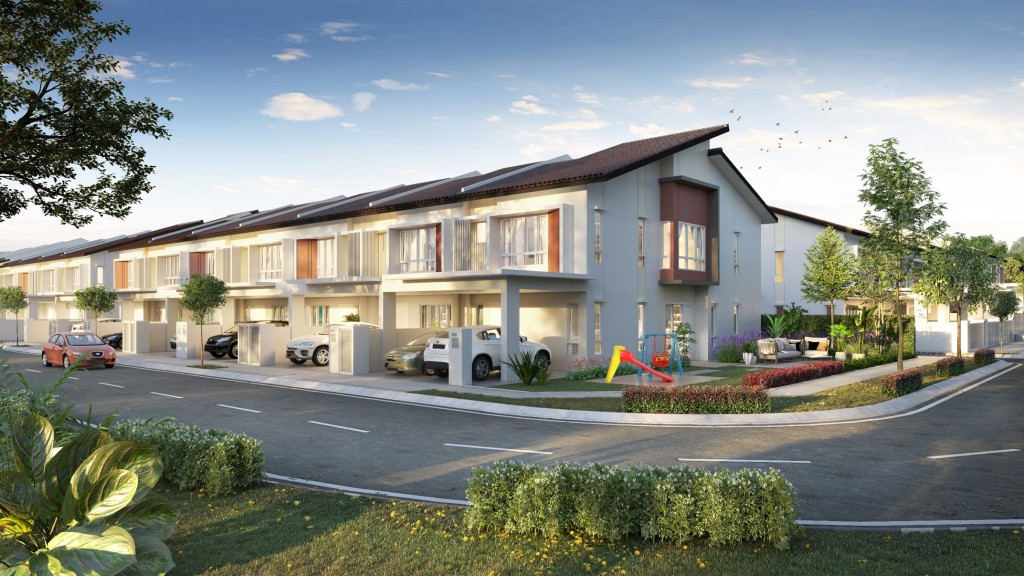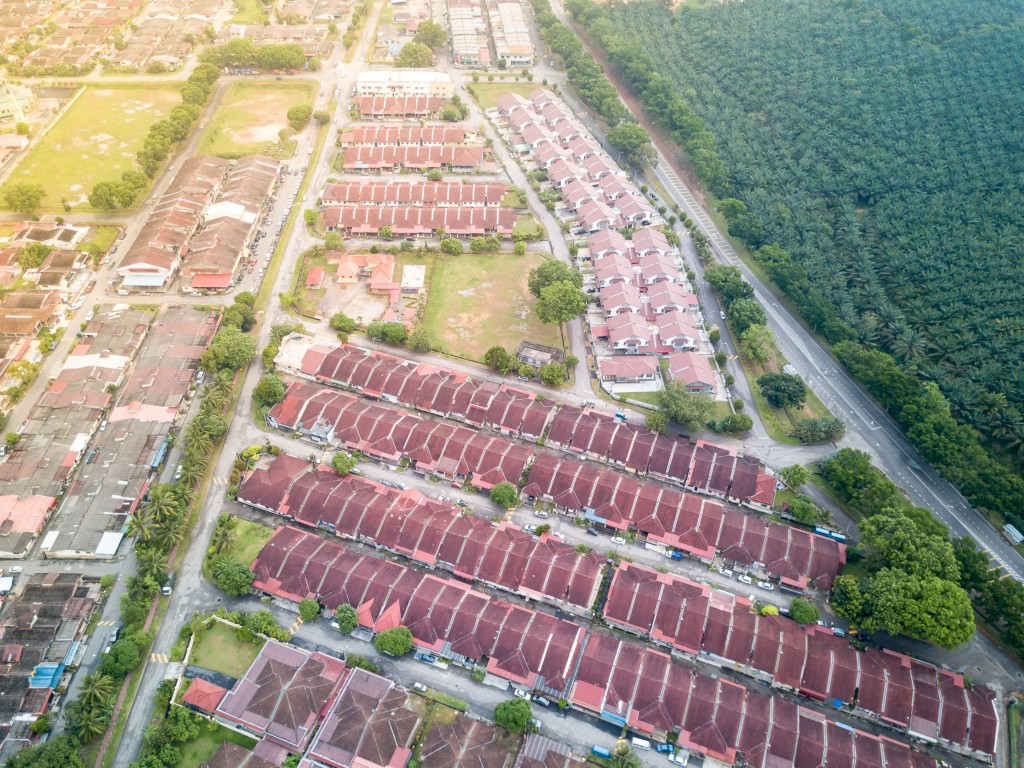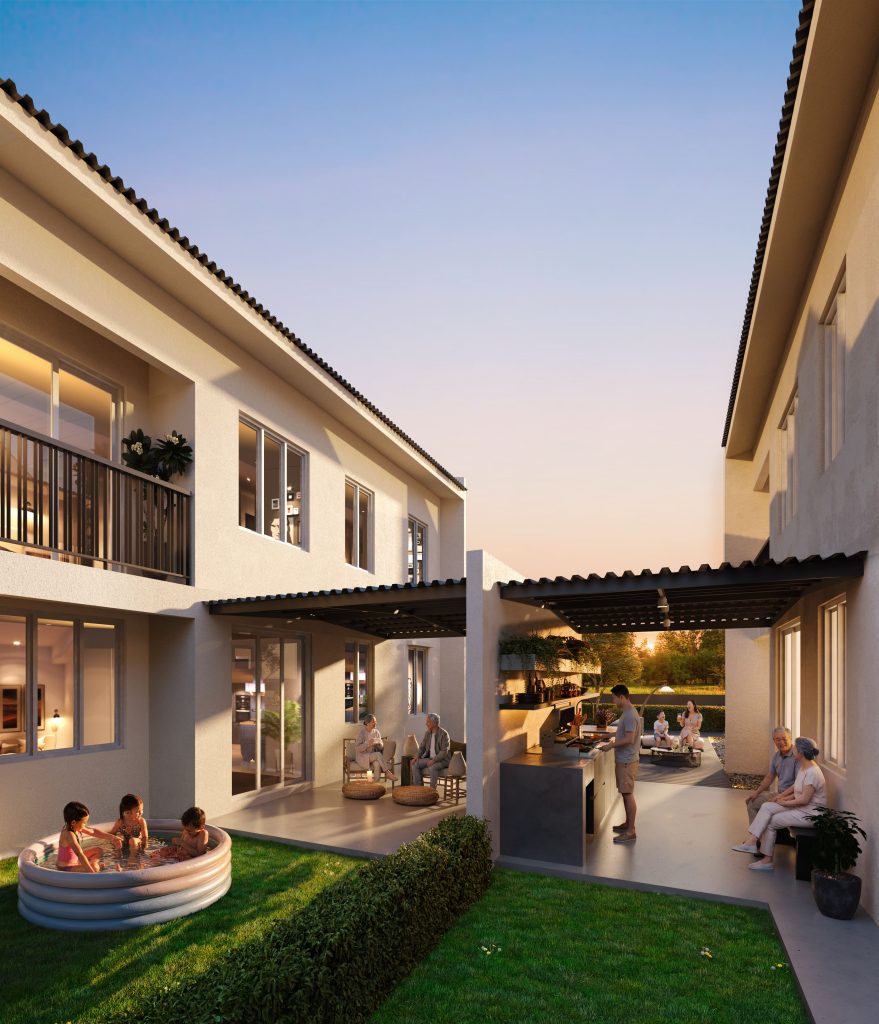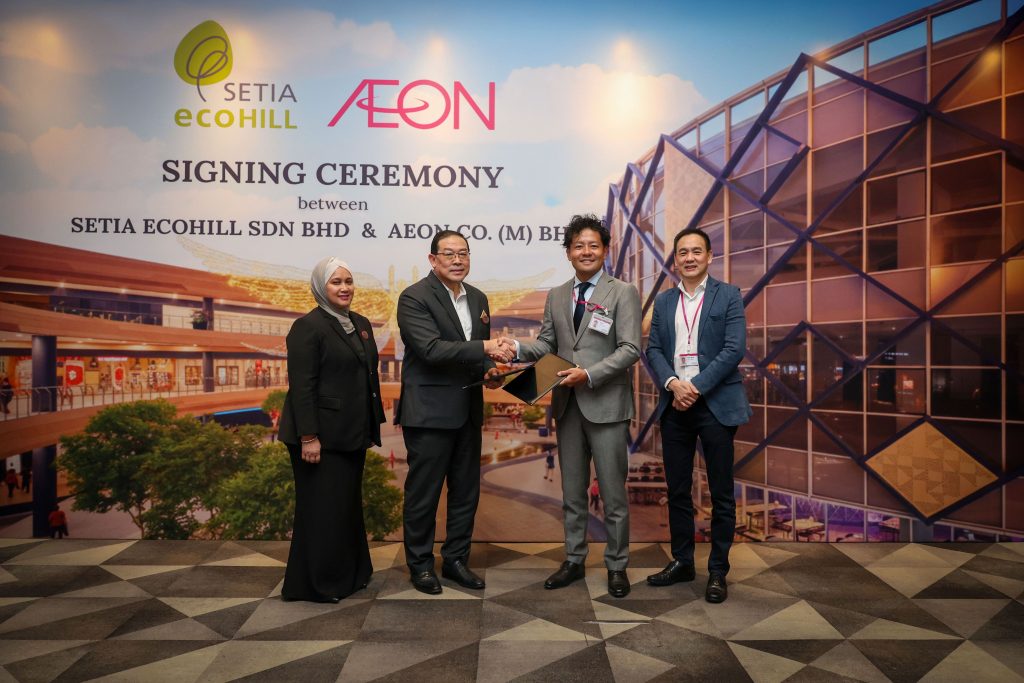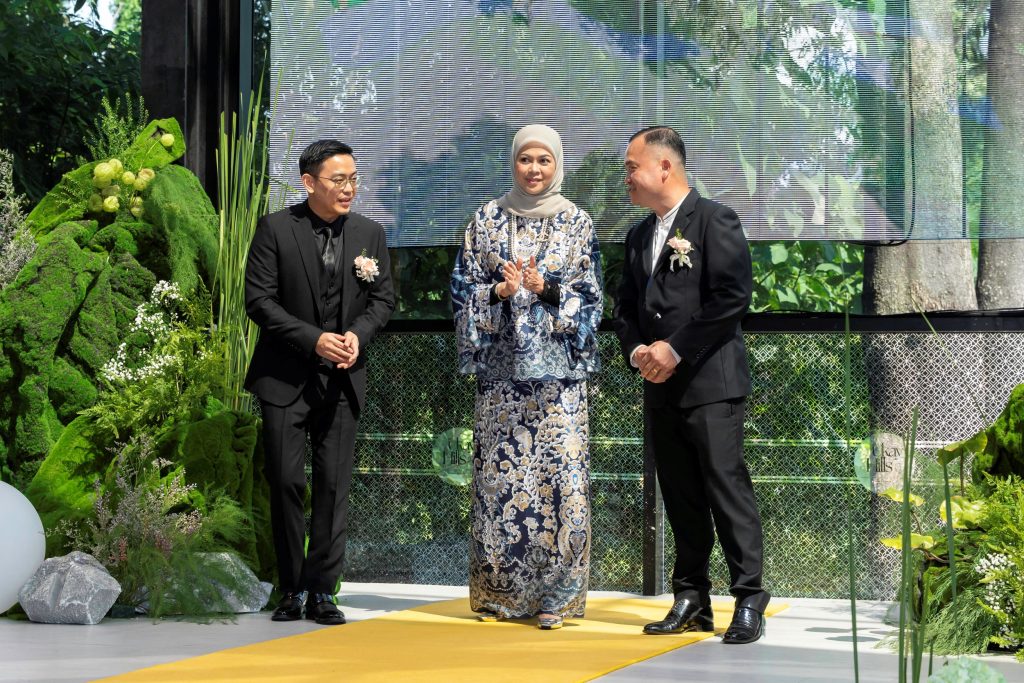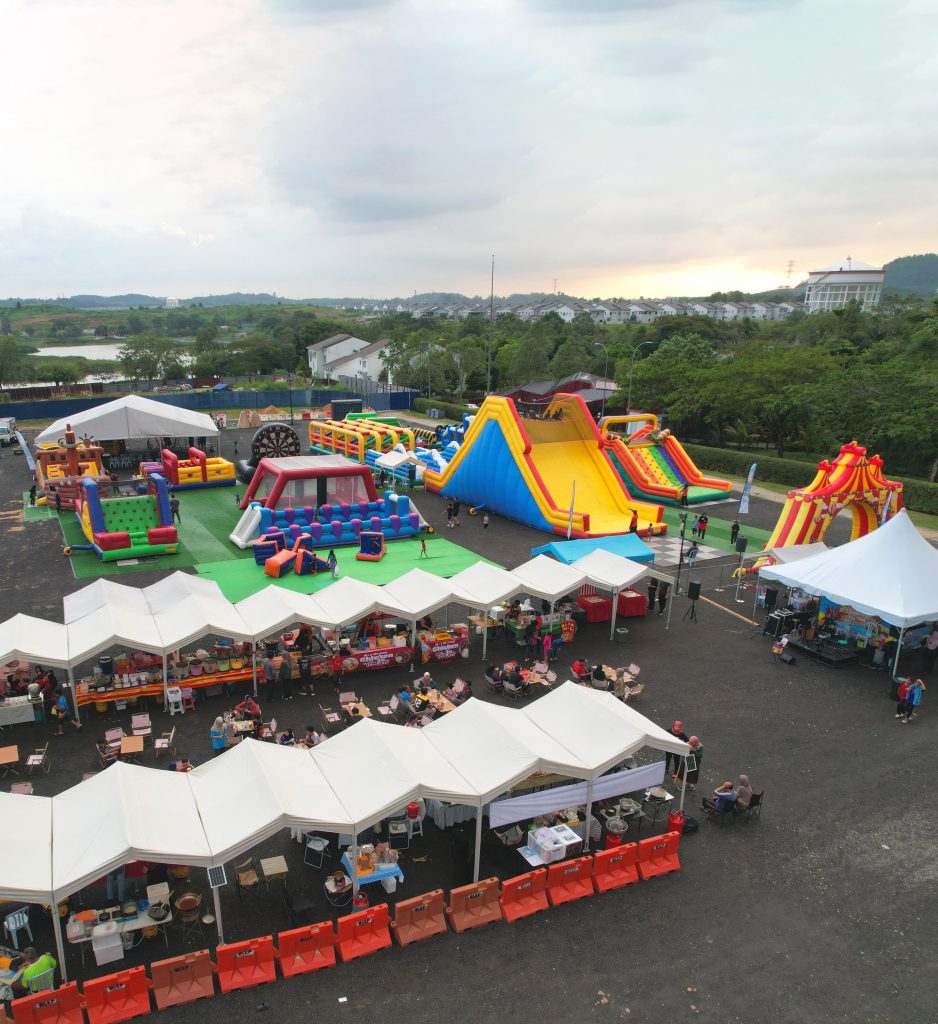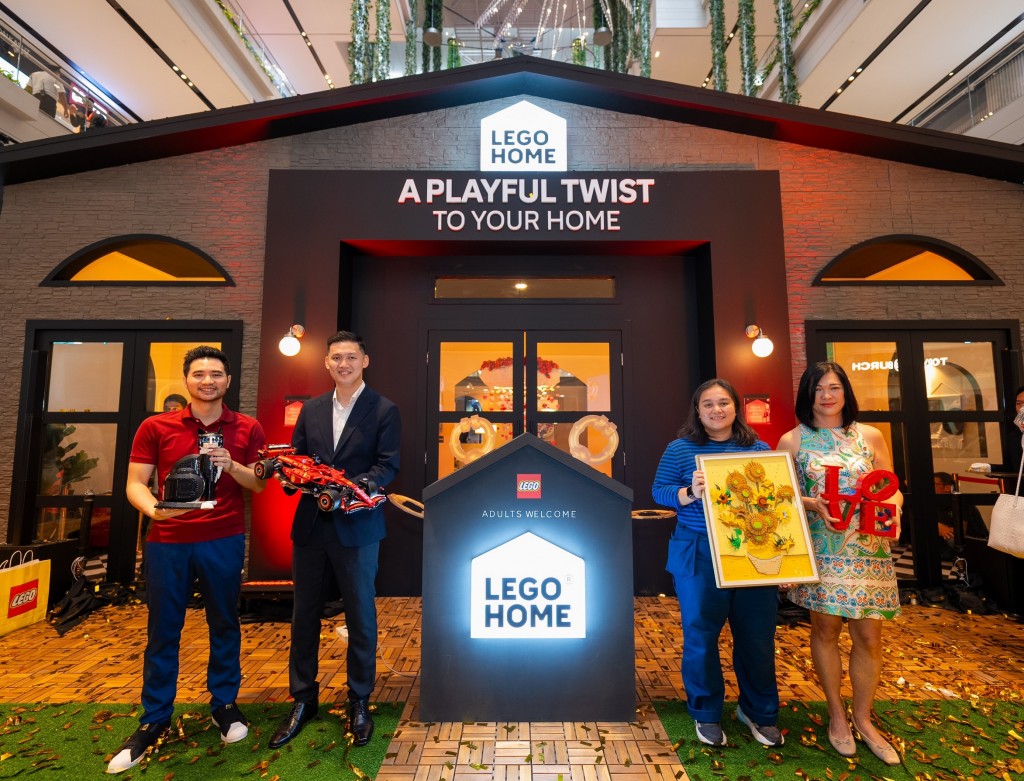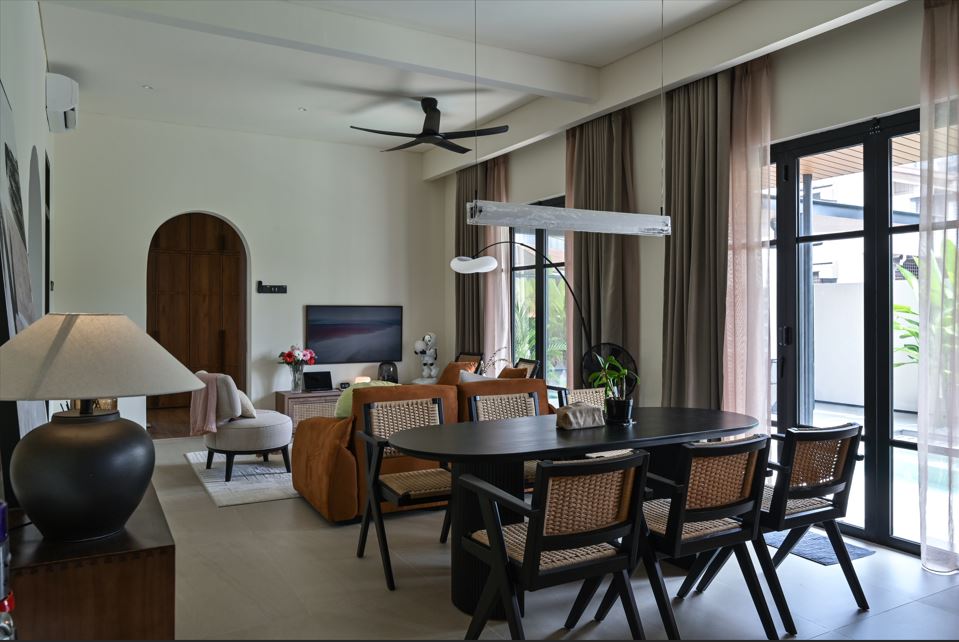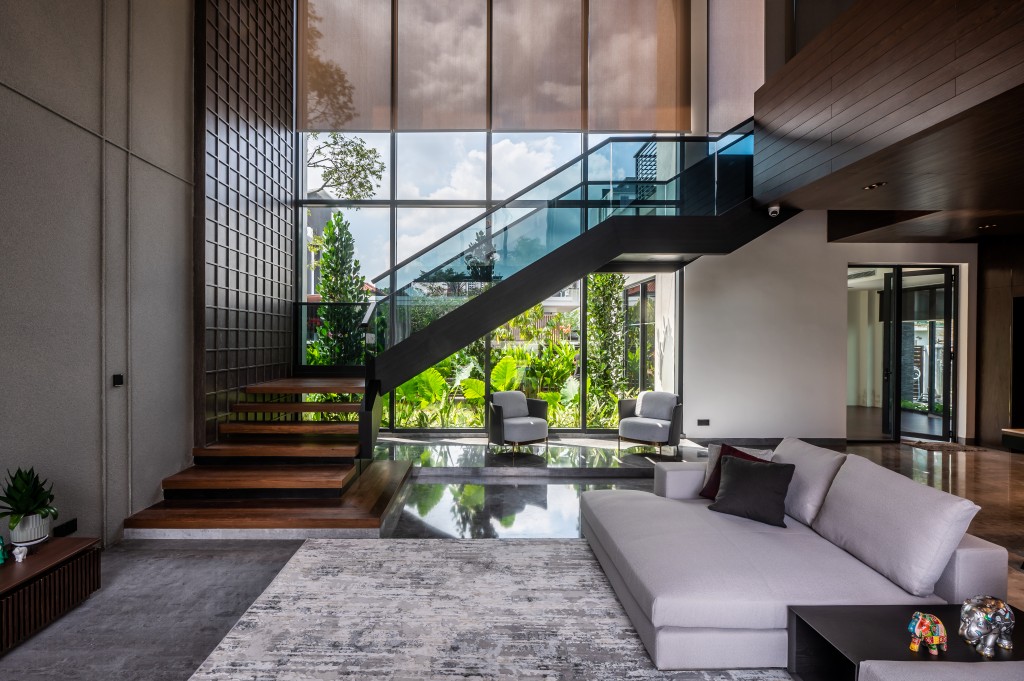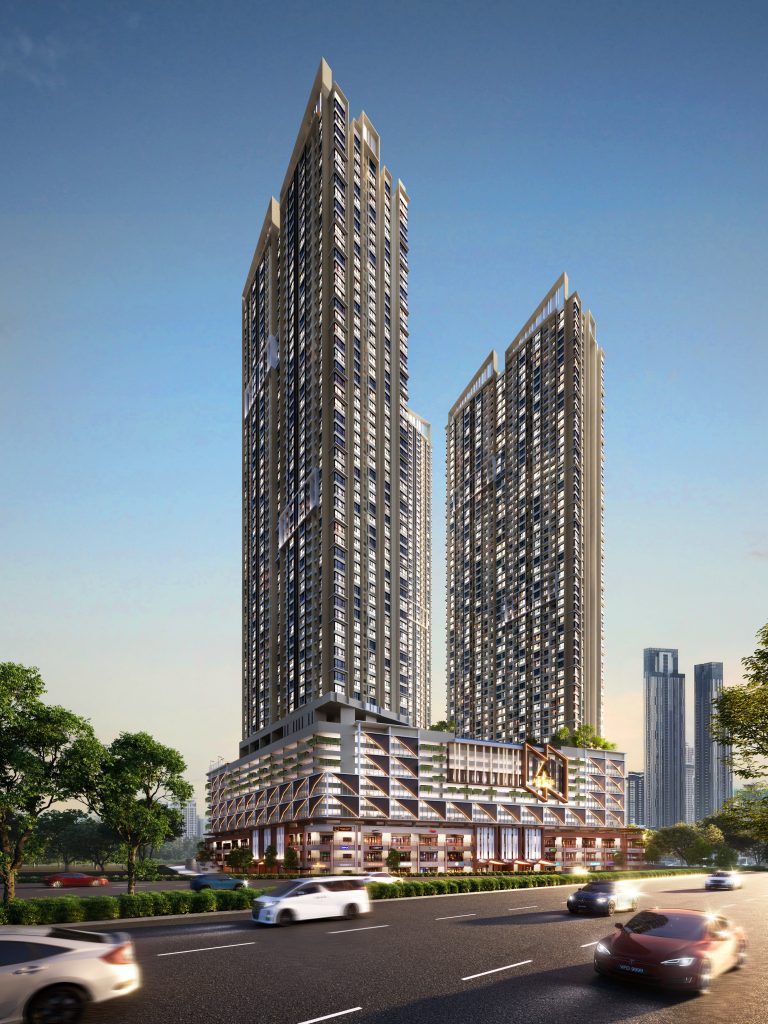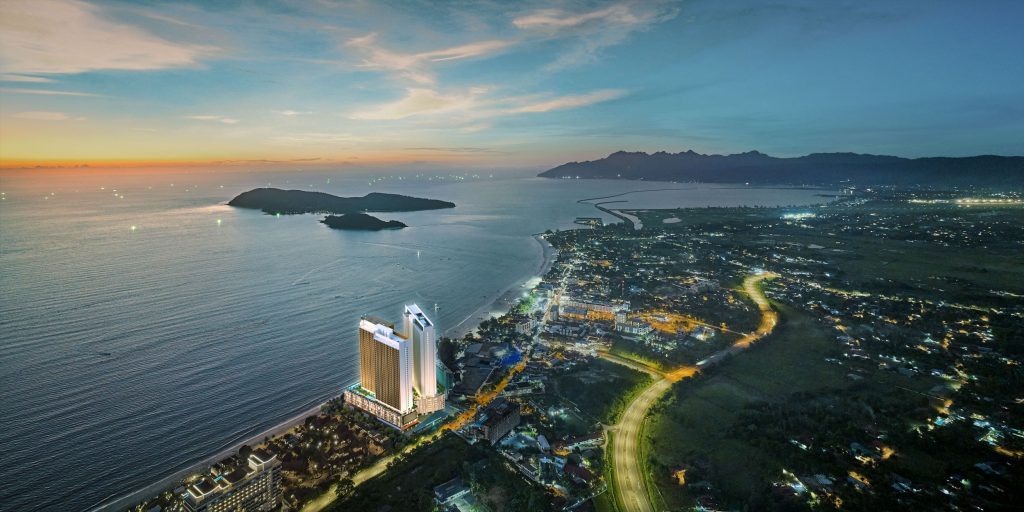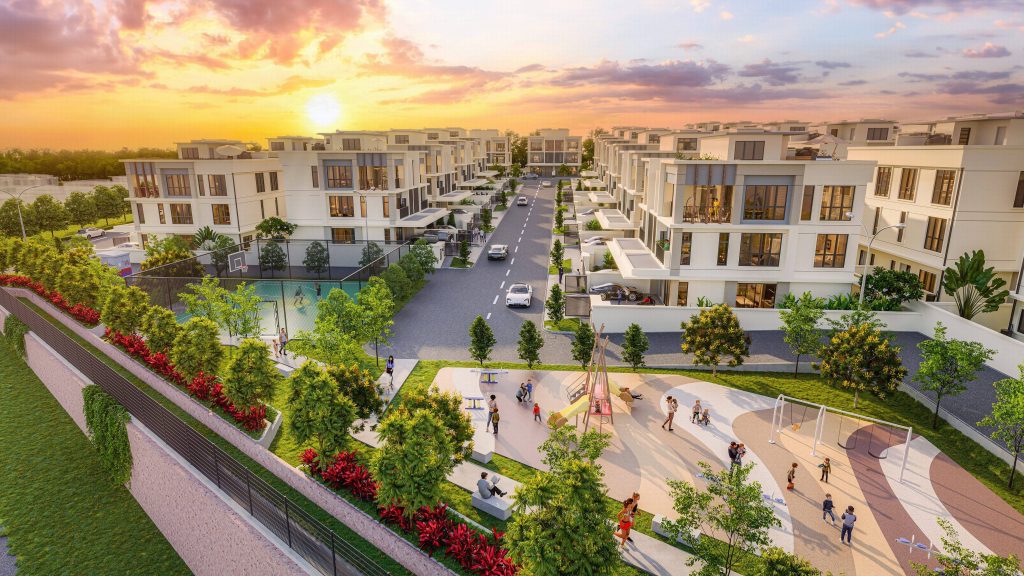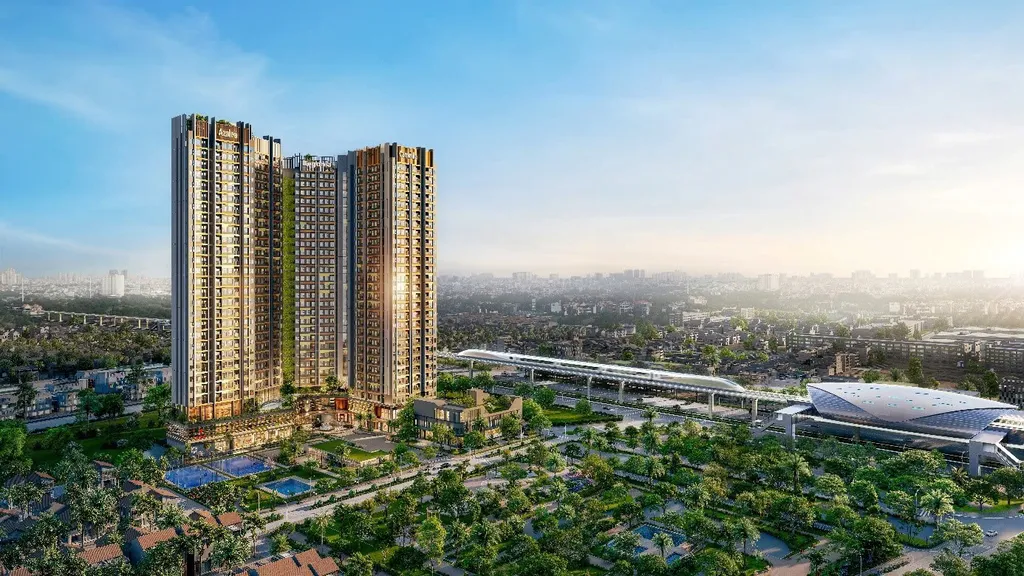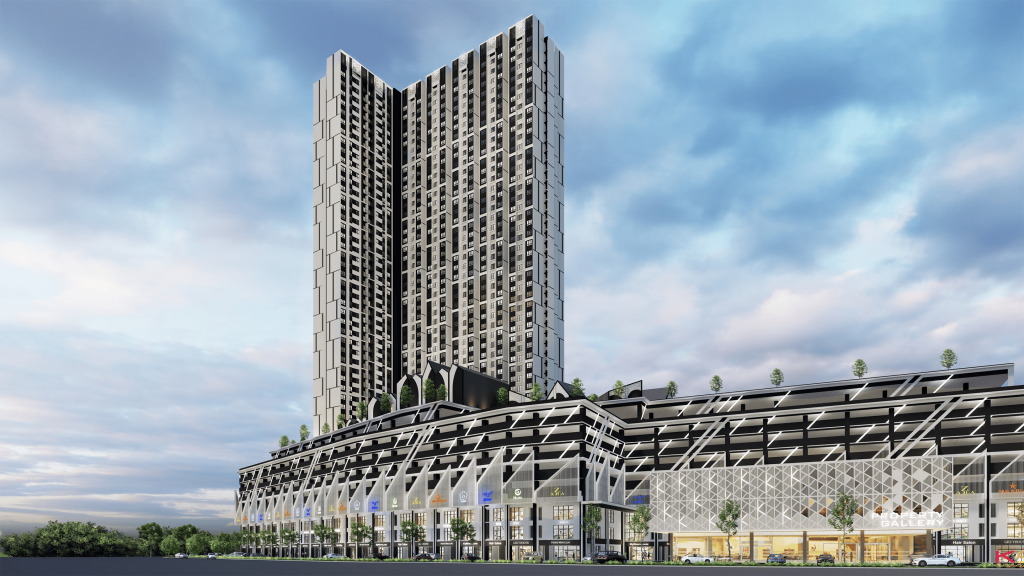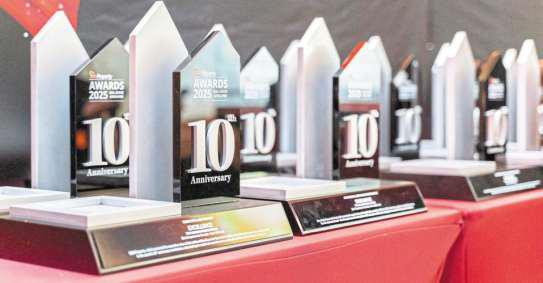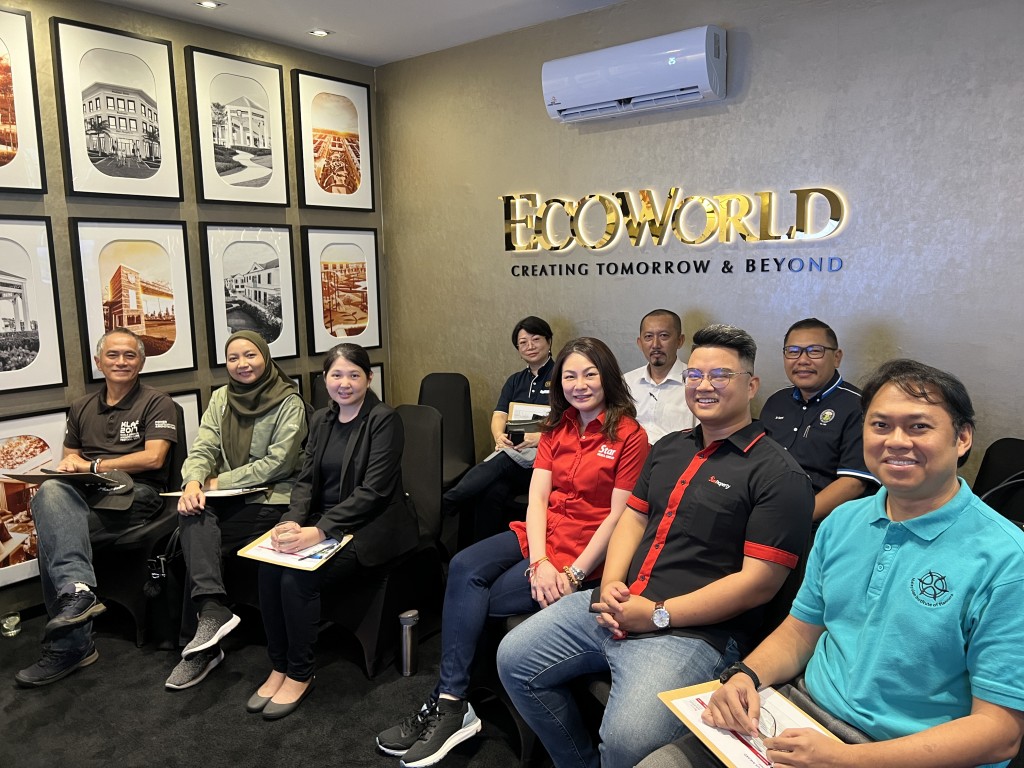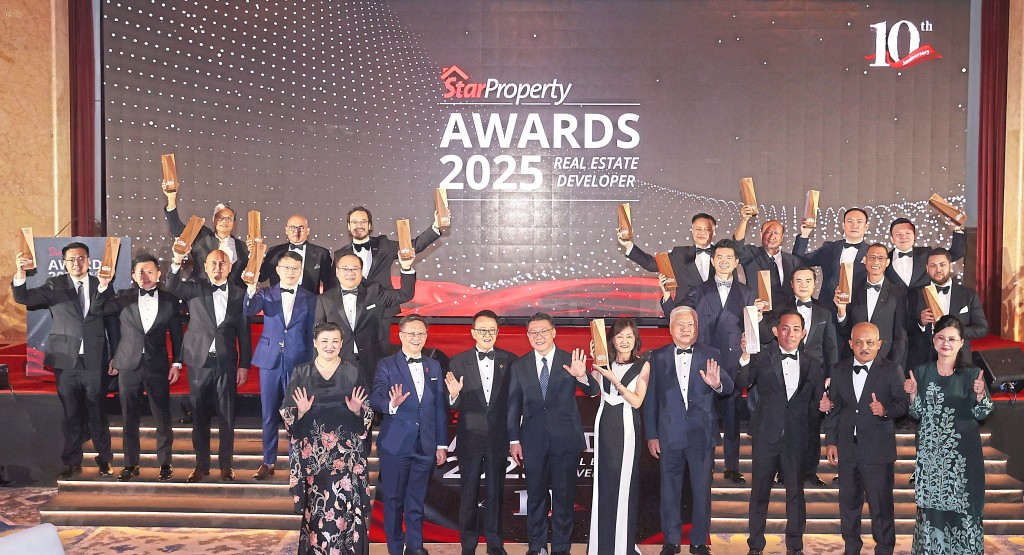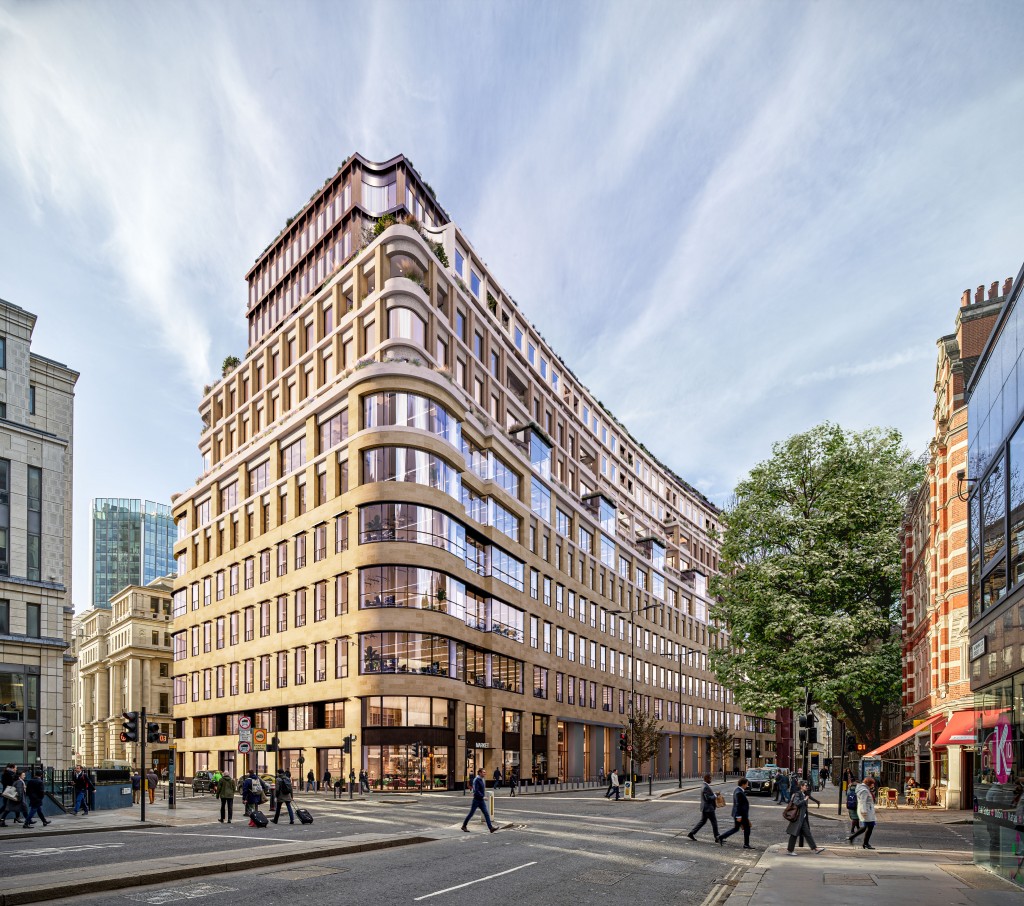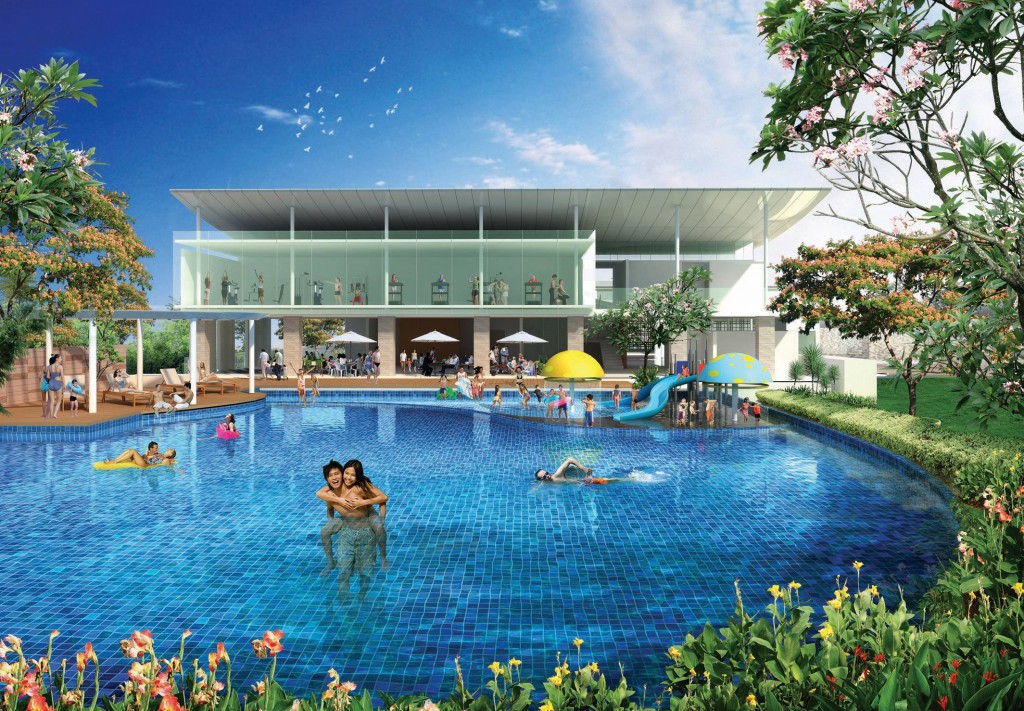The rise of mid-range communities amidst a growing demand
By Joseph Wong
Townships have always been a defining feature of Malaysian living, providing homes, community spaces and a sense of belonging. As urbanisation continues to accelerate, mid-range townships are emerging as a key segment within the property market, especially for the middle-income group, known as the M40. These developments cater to the increasing demand for larger, well-connected residential areas that offer a balanced mix of amenities, affordability and a sense of community.
The mid-range township model is becoming increasingly popular due to a rising need for affordable housing that accommodates the M40 demographic. As of 2022, Malaysia had 8.4 million households, with 7.9 million being Malaysian citizens. A significant proportion of these households fall under the M40 category, which encompasses the middle 40% of household incomes, ranging from RM5,251 to RM11,819 per month.
Challenges faced by the M40
Despite being the backbone of Malaysia's economy, the M40 group often faces a financial squeeze. Unlike the B40 group, which benefits from various government support programmes, the M40 receives limited assistance in areas like housing and healthcare. In Selangor and Terengganu, for instance, M40 households are often excluded from subsidised healthcare programmes, forcing them to rely on their own income to cover medical expenses.
This lack of financial support places a significant burden on M40 households, who must navigate rising property costs and healthcare expenses with limited government aid. In 2019, 48% of M40 households relied on private healthcare services, compared to 30% of B40 households. With healthcare costs rising, these expenses further deplete the disposable income available for homeownership.
Townships as a solution
In response to these challenges, property developers have begun focusing on mid-range townships that cater specifically to the needs of the M40 demographic. These townships are designed to be more affordable and accessible while providing a balanced mix of amenities that appeal to middle-income families. The slowdown in property sales targeting the top 20% (T20) households, especially after 2012, has further incentivized developers to shift their focus toward the M40 market.
Developers are now prioritising features that resonate with this demographic, such as connectivity, access to schools and healthcare facilities, and recreational spaces that foster a sense of community.
These townships are often equipped with public transport links, making commuting more convenient and reducing the dependency on personal vehicles. Additionally, green spaces, parks, and community centres are integral parts of these developments, promoting a balanced lifestyle.
Little wonder developers engage the community for their feedback. For example, Matrix Concepts Holdings Bhd actively engages with local communities and stakeholders through regular consultations, town hall meetings, and feedback sessions. “This participatory approach ensures that our developments meet the needs and expectations of the community, fostering strong relationships and enhancing the overall success of our projects,” said its group managing director Ho Hong Soon.
“Our deep understanding of the local market, coupled with our ability to anticipate and adapt to changes, has set us apart. Unlike other developers, we focus on creating holistic townships that provide a balanced mix of residential, commercial, and recreational spaces, ensuring a high quality of life for our residents.”
Financing challenges and opportunities
To better cater to the M40 group, there is a growing call for targeted national programs that expand access to affordable housing. A potential solution could involve dividing the M40 into lower, middle, and upper categories based on their household income thresholds. This segmentation would allow for more tailored financial support, such as mortgages with slightly higher interest rates than those offered to the B40, but still manageable for the M40’s budget.
Expanding affordable mortgage options to the lower M40 segment could provide these households with more opportunities to own homes within mid-range townships, thus improving their quality of life without overstretching their finances. By making these financing options more accessible, the government can help bridge the gap between the M40 and homeownership, a critical component of economic stability.
Push and pull factors

An artist impression of Izara @ Bayu Sutera’s lakeside homes, an example of townships with ample greenery and environmentally friendly features.
The success of a township development hinges on various push and pull factors that influence buyer decisions. Pull factors such as good connectivity, proximity to schools, shopping centres, and healthcare facilities, as well as a well-planned community layout, make these townships attractive to potential buyers. The presence of ample green spaces, recreational facilities, and secure living environments are other significant draws.
On the other hand, push factors like rising property prices, congestion in city centres, and the desire for a better quality of life are driving many families to consider townships as a viable alternative to urban living. Townships offer a more spacious and serene environment compared to high-density city centres, making them ideal for families looking to escape the hustle and bustle of urban life.
What the future holds
The future of mid-range township development in Malaysia looks promising, especially as developers continue to innovate and adapt to the evolving needs of the M40 demographic. By incorporating sustainable practices, improving connectivity, and ensuring a balanced mix of amenities, developers are setting new standards for residential living that prioritise community and quality of life.
“A successful township requires a well-balanced mix of residential, commercial, and recreational facilities. Critical elements include strategic location, accessibility,
comprehensive infrastructure, quality education and healthcare facilities, and ample green spaces. Community engagement and fostering a sense of belonging are also vital to creating a thriving township,” said Ho.
These townships are not just residential areas; they are complete ecosystems designed to support the everyday needs of their residents. As more Malaysians seek affordable yet comfortable living options, mid-range townships will play an increasingly vital role in shaping the country’s housing landscape.
Developers are also exploring ways to integrate smart technologies and green initiatives into township designs, making them not only more sustainable but also more appealing to environmentally conscious buyers. From solar-powered homes to rainwater harvesting systems and electric vehicle charging stations, these innovations are setting the stage for the next generation of township living.
In the larger essence, townships are more than just housing developments - they are communities where Malaysians can thrive. As demand for mid-range housing continues to rise, developers must continue to innovate and adapt, creating townships that are not only affordable but also sustainable and connected. For the M40 demographic, these developments offer a chance to achieve homeownership without sacrificing quality of life, making townships a cornerstone of Malaysia’s property market for years to come.
“We foster a culture of innovation and excellence by encouraging continuous learning and development among our team members. We invest in cutting-edge technology and embrace new methodologies in design and construction. Regular brainstorming sessions and an open-door policy for new ideas ensure that our company stays ahead of industry trends and continuously improves,” explained Ho on Matrix Concepts’ approach to developing its township.
With the right blend of amenities, strategic location, and targeted financial support, mid-range townships have the potential to redefine residential living in Malaysia, providing a viable solution to the country’s housing challenges and setting a new benchmark for community-focused development.
(Sidebar)
The expansion of middle-class township developments
While the demand for property developments in middle-class townships has increased, there is also another area that needs focus - the commercial component to ensure economically sustainable communities. Over the past decade, townships have evolved into vibrant hubs, catering to the increasing middle-class population and creating spaces that foster business activity. With young people seeking job opportunities, retail property developments in these townships are playing a pivotal role by generating thousands of jobs.
Despite a challenging property market in recent years, township developments are expanding, transforming surrounding areas into commercial and shopping venues to address socio-economic challenges. Many townships are experiencing rapid growth, often outpacing the current infrastructure available, highlighting the need for further development.
Meeting middle-class demands
M40-centric townships cater to the needs of a growing middle class, which requires more than just residential properties. They need access to shopping malls, business parks, recreational facilities and other amenities that improve quality of life. Developers are responding by creating mixed-use spaces that combine residential, commercial, and leisure components, making townships more attractive to both residents and investors.
As townships expand, they attract businesses, retailers and services, creating a thriving local economy. This growth generates employment opportunities, particularly for young people who are increasingly moving to these areas in search of work. Retail properties, in particular, are creating numerous jobs, from retail staff to management roles, thus boosting the local economy.
As townships continue to evolve, they will play an increasingly important role in shaping Malaysia’s economic landscape, offering residents the chance to live, work and thrive in well-planned, vibrant communities.
Stay ahead of the crowd and enjoy fresh insights on real estate, property development, and lifestyle trends when you subscribe to our newsletter and follow us on social media.

